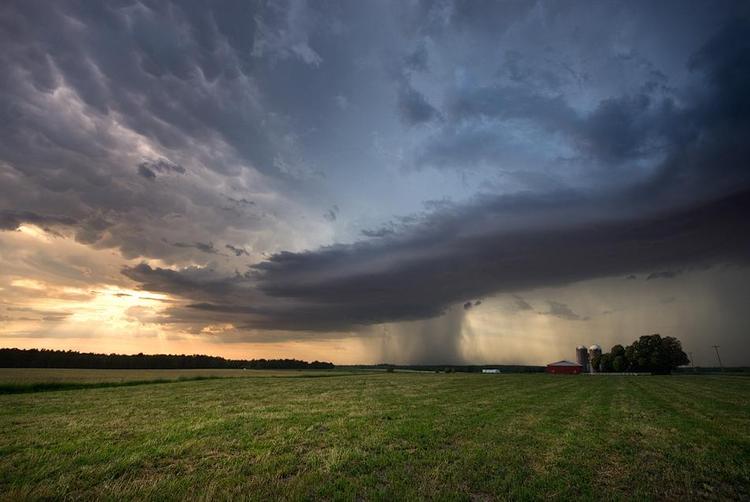La Nina Could be Positive for 2024/25 Growing Season in Brazil

The Pacific Ocean is in transition from El Nino to La Nina, but it will probably not occur in time to have much of an impact on the 2024 U.S. crops, but it could impact the 2024/25 growing season in Brazil. The National Oceanic and Atmospheric Administration (NOAA) indicated that La Nina should establish itself during the months of August-September-October with an 85% probability of a moderate La Nina being in place by the end of the year.
At the start of the 2023/24 growing season, Brazil was under the influence of El Nino which resulted in record rainfall in far southern Brazil with hot and dry conditions in central Brazil. Record heat and a lack of rainfall in central Brazil during last October and November delayed soybean planting forcing farmers to replant some of their soybeans or switch to other crops. The result were disappointing soybean and safrinha corn crops in 2023/24.
Metrologists in Brazil are expecting a much more positive start to the 2024/25 growing season. A developing La Nina should favor more consistent rainfall to start the growing season in Mato Grosso, Goias, the cerrado region of central Brazil including northwestern Sao Paulo and western Minas Gerais.
The summer rains should start on an irregular basis at the end of September and then intensify in October and November. Rainfall in central Brazil tend to be normal to above normal during years when La Nina is in place. Therefore, soybean yields in central Brazil also tend to be trend line or higher with a La Nina because of the large number of soybeans produced in central Brazil.
Brazilian farmers will start planting their 2024/25 first corn crop in southern Brazil sometime in August when the weather permits. For farmers in central Brazil, they may start planting their soybeans on September 1st, which is generally two weeks earlier than in 2023/24. If the start of the summer rains is delayed until later in September, then only farmers with irrigation capabilities would start planting soybeans in early September. Farmers without irrigation will wait to plant soybeans until there has been enough rainfall to ensure germination and stand establishment.
Read also
Wheat in Southern Brazil Impacted by Dry Weather and Frosts
Oilseed Industry. Leaders and Strategies in the Times of a Great Change
Black Sea & Danube Region: Oilseed and Vegoil Markets Within Ongoing Transfor...
Serbia. The drought will cause extremely high losses for farmers this year
2023/24 Safrinha Corn in Brazil 91% Harvested
Write to us
Our manager will contact you soon



